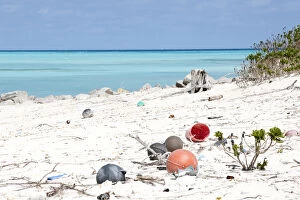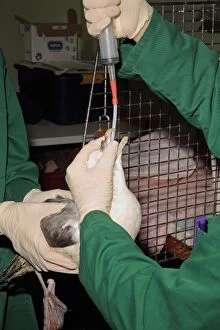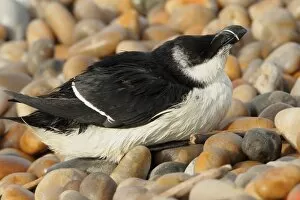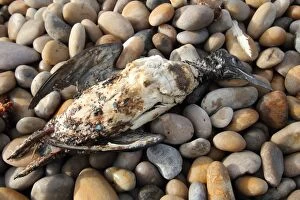Contaminate Collection
"Confronting the Consequences: The Devastating Effects of Contamination on Wildlife" The Lysan Albatross chick, innocently nestled among plastic debris
All Professionally Made to Order for Quick Shipping
"Confronting the Consequences: The Devastating Effects of Contamination on Wildlife" The Lysan Albatross chick, innocently nestled among plastic debris, serves as a haunting reminder of the pervasive contamination plaguing our oceans. Fifty tons of plastic relentlessly make their way to Midway each year, carried by circular currents that have become notorious for their destructive capabilities. In Butte, Montana, the Berkeley Pit stands as a grim testament to human activities gone awry – its toxic waters serving as an emblematic symbol of contamination's far-reaching consequences. Seabird rescue efforts bear witness to the heartbreaking aftermath caused by contamination. A Northern Fulmar adult is delicately tube-fed by compassionate individuals in hopes of saving its life from the pollutants it unwittingly ingested. An Arctic Skua dark phase adult finds solace in treatment after being contaminated - a glimmer of hope amidst despair. A Common Guillemot adult in winter plumage undergoes meticulous cleaning at a seabird rescue center; every stroke aimed at restoring its once-pristine feathers tarnished by pollution. With unwavering determination and compassion, rescuers tirelessly work to cleanse a contaminated Northern Gannet from its plight – an embodiment of humanity's commitment towards rectifying past mistakes. Common Guillemots find themselves repeatedly subjected to contamination's merciless grip but are met with unwavering support from dedicated individuals who strive to restore them back to health and vitality. As cream is gently applied to their eyes and they are carefully cleaned, Common Guillemots receive not only physical care but also reassurance that humans can be agents of healing rather than harm. Amidst these heart-wrenching scenes lies hope - RSPCA officers diligently collect contaminated Common Guillemots stranded on beaches, determined to give them another chance at life free from pollution's grasp.










